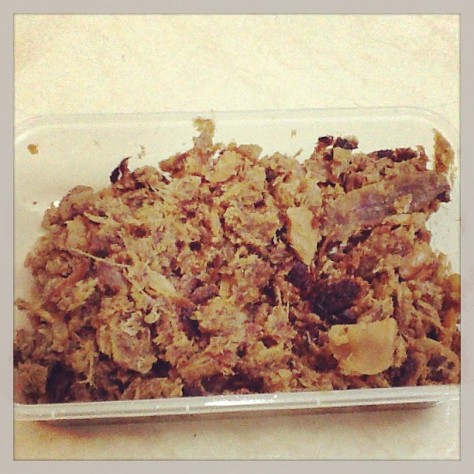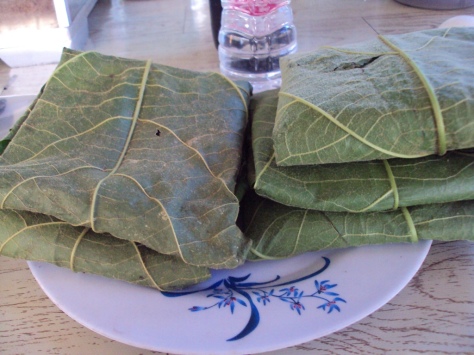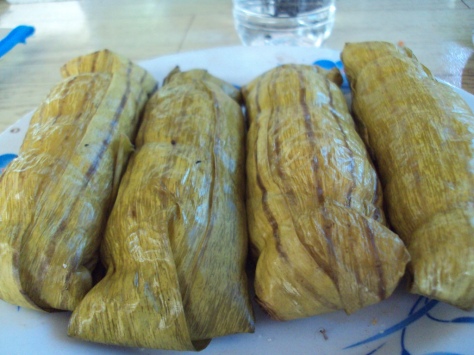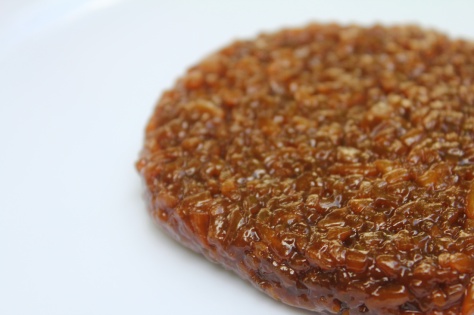PART II
(Read Part I HERE)
NAMING THE CHILD: The traditional way
This is done seven days after delivery of the baby. In shaving or cutting the hair of the baby, the following is prepared:
1. oil in a small bowl
2. water in a big bowl – note that “langkungan” is used as a bowl, it is a ceramic or porcelain bowl, and not just an ordinary bowl.
3. date or sugar or honey
4. dudol
5. knife/blade or a pair of scissor
First Step:
The pandita will apply the pulp of a date, honey, or sugar on the palate of the child.
Second Step:
The pandita will dip the tip of his knuckles to the oil reciting a verse from the Quran. Then he will get a portion of the baby’s hair and cut it.


The cut hair is slowly placed in the bowl of water. If the hair will stay long on the surface, the child and the parents will have a good and long life, if it will immediately settle at the bottom, the child will have many hardships in life or will have a short life.
The pandita will get the hair from the bowl and will give it to the mother. The mother will place it in a cotton and keep it together with his/her dried umbilical cord (discussed HERE).
The pandita will now name the child. The pandita will whisper his/her name on the the right ear of the child. The parents usually choose awkward names based on the features of the child. My cousin was named “Dido”, because is she is a “small” baby (not like her siblings). Our neighbor in Maguindanao was named “Kasili,” because he went out from his mother’s wound very easy. (Kasili means eel).
Third Step:
The mother will let the child step on the dudol. The dudol must be in a big bandihaw or a big tray. This is done so that the child will have a comfortable life.

FINAL STAGE
The father will give money or sadaqa to the pandita after the ritual. All people who helped in cooking and preparing the kanduli is also given money.
As a closing/ending ritual, the walian will get a shield (klung) and the kampilan or bolo.

The walian will strike/hit the kampilan to the klung three times. Every time she will strike the kampilan, the walian will shout. (I was not able to get the reason why this was done).
NOW LET ME PRESENT THE ISLAMIC WAY OF SHAVING AND NAMING THE CHILD:
| The best time to perform Aqiqah is on the seventh day after the birth of the baby.
But it may be done on the fourteenth, or the twenty first day. |
| The following is a hadith of the Prophet Muhammad (peace be upon him) where he advised Aqiqah a goat/sheep.
Narrated Umm Kurz: The Prophet of Allah (peace be upon him) said: Two sheep which resemble each other are to be sacrificed for a boy and one for a girl. (Sunan Abu Dawood Book 15, No. 2830)
|
| The condition of the animals in Aqiqah is the same as the conditions for the animals in Qurbani. The animals to be slaughtered must be a goats, cows or camels.
For camels, it must be older than 6 years, for cows the age must be older than 3 years and for goats, it must be older than 2 years. They must be free from any form of handicap such as blind, sick, limp and undernourished. The animals must be slaughtered in the appropriate humane ways.
|
| 1. Naming: The following is then recited (first that for a boy, then for a girl):
In the Name of God and through God, this is the ‘aqīqa of…. (name of the boy), son of …. (name of the father): its flesh [i.e., the flesh of the sacrifice of the ‘aqīqa] for his flesh blood, its bone for his bone, its hair for his hair, its skin for his skin. O God, let it be a protection of the family of Muhammad, peace be upon him and his family. 2. Shaving: The hair of the baby s shaved. It is recommended to weigh the cut hair in silver, and give its value to the poor or to orphans as alms.
In the name of Allah, by Allah, praise be to Allah, Allah is the greatest, faith is in Allah, thanks to the messenger of Allah (blessings of Allah be on him and on his children) for safeguarding His command, gratitude for His sustenance, and awareness of us Ahl ul Bayt (our merits) by His grace. Recite the following if the child is male:
3. A goat, a sheep or other such animal should be sacrificed either after shaving the hair or at the same time, but not before.
4. It is recommended to read the following prayer at the time when the animal is about to be slaughtered:
Or
In the name of Allah and by Allah, this aqiqa (sheep slaughtered) is of (mention the name of the child with father’s name); its flesh (instead of) his/her flesh, its blood (instead of) his/her blood, its bones, (instead of) his/her bones (are offered) to You. O Allah, (accept it) as that by which (this child) may be protected and preserved, in the name of the children of Muhammad, blessings of Allah be on him and on his children, and peace.
5. After the sacrifice, the greater part of the meat should be distributed among the poor and needy. It may also be served to the guests, but it is disapproved for the parents of the baby and their dependents to eat it.
6. If, due to any reason, ‘aqīq is not performed on the seventh day after the birth of the child, it may be offered later on, at any time, even by the child itself after attaining puberty.
7. This rite is not obligatory but recommended, and there are many Traditions which emphasize it.
|













